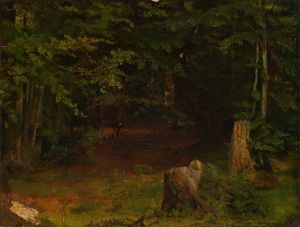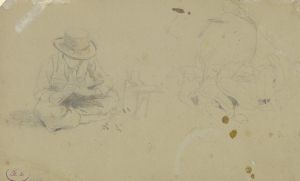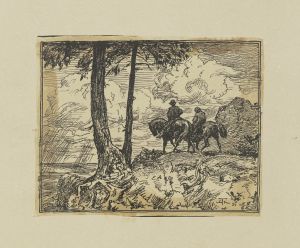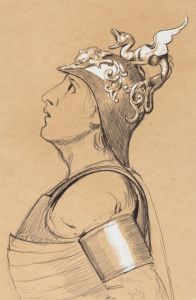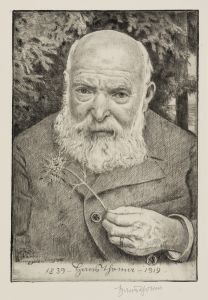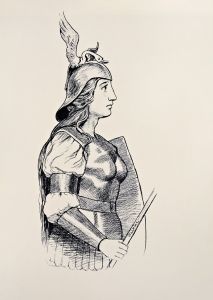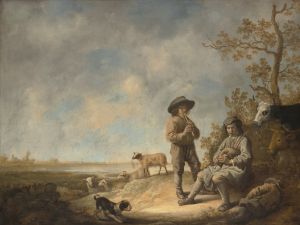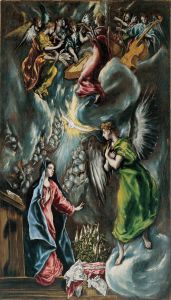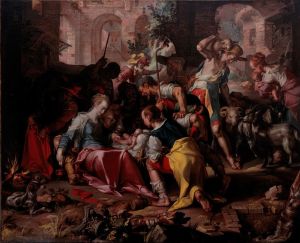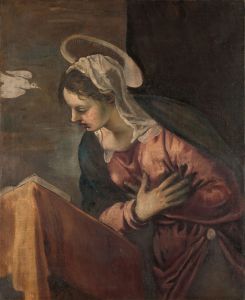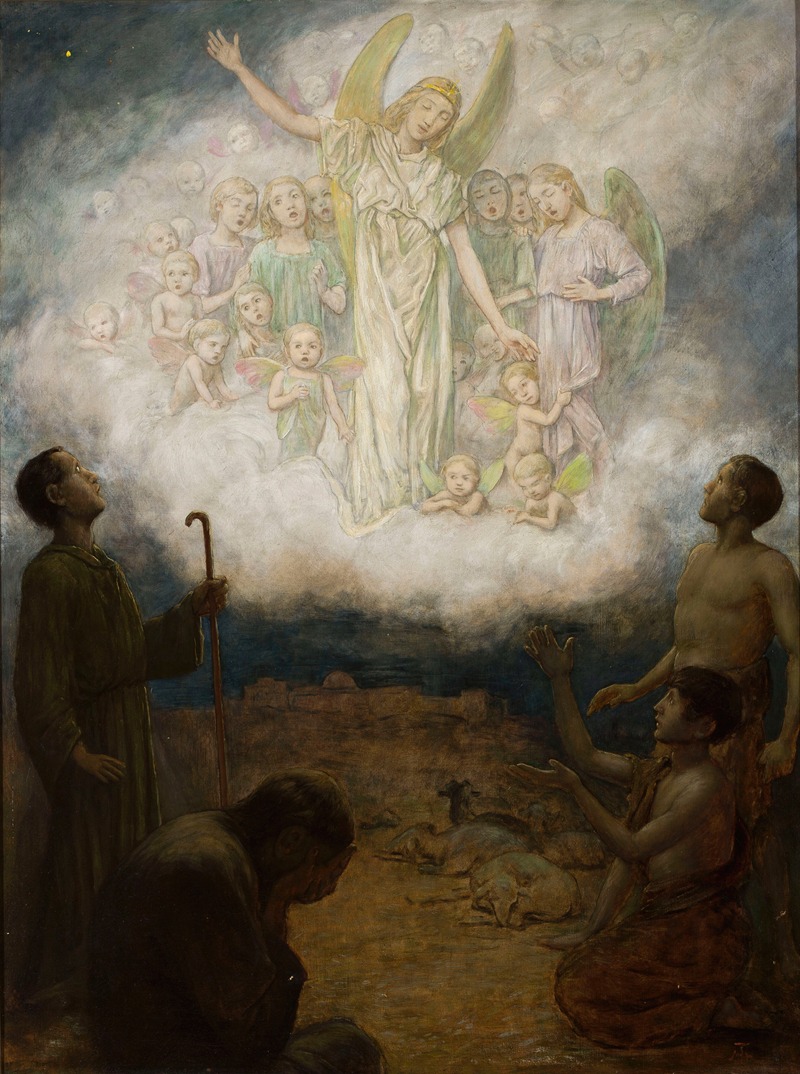
Annunciation to the shepherds
A hand-painted replica of Hans Thoma’s masterpiece Annunciation to the shepherds, meticulously crafted by professional artists to capture the true essence of the original. Each piece is created with museum-quality canvas and rare mineral pigments, carefully painted by experienced artists with delicate brushstrokes and rich, layered colors to perfectly recreate the texture of the original artwork. Unlike machine-printed reproductions, this hand-painted version brings the painting to life, infused with the artist’s emotions and skill in every stroke. Whether for personal collection or home decoration, it instantly elevates the artistic atmosphere of any space.
Hans Thoma was a German painter born on October 2, 1839, in Bernau in the Black Forest. He is known for his landscapes, portraits, and genre paintings, often imbued with a sense of romanticism and symbolism. Thoma's work reflects a deep connection to nature and a fascination with German folklore and mythology. His style is characterized by a meticulous attention to detail and a vibrant use of color, which he employed to convey both the beauty and the mysticism of the natural world.
One of Thoma's notable works is "Annunciation to the Shepherds," a painting that captures the biblical scene of angels announcing the birth of Jesus to shepherds in the fields. This theme has been a popular subject in Christian art, depicted by numerous artists throughout history. Thoma's interpretation of this scene is reflective of his unique artistic vision and his ability to blend traditional religious themes with his own stylistic elements.
In "Annunciation to the Shepherds," Thoma presents the shepherds as humble, everyday figures, emphasizing their connection to the earth and the pastoral landscape surrounding them. The painting likely features a serene and idyllic setting, typical of Thoma's landscape work, which often includes lush greenery and a harmonious composition. The angels, as divine messengers, are depicted with a sense of grace and ethereal beauty, contrasting with the rustic simplicity of the shepherds.
Thoma's use of color and light in this painting would have been instrumental in conveying the divine nature of the annunciation. The interplay of light and shadow, a hallmark of his style, adds depth and dimension to the scene, highlighting the spiritual significance of the moment. The artist's attention to detail is evident in the rendering of the figures and the natural environment, creating a vivid and immersive experience for the viewer.
Throughout his career, Hans Thoma was influenced by various artistic movements, including Romanticism and Symbolism, which can be seen in his approach to religious and mythological subjects. His work often reflects a deep appreciation for the German landscape and cultural heritage, which he sought to celebrate and preserve through his art.
Thoma's contributions to the art world were recognized during his lifetime, and he held several prestigious positions, including a professorship at the Karlsruhe Academy of Fine Arts. His legacy continues to be appreciated for its unique blend of realism and romanticism, as well as for its ability to capture the spiritual and mystical aspects of the natural world.
While specific details about "Annunciation to the Shepherds" by Hans Thoma may be limited, the painting is an example of his ability to infuse traditional religious themes with his distinctive artistic style, creating works that resonate with both beauty and meaning.





